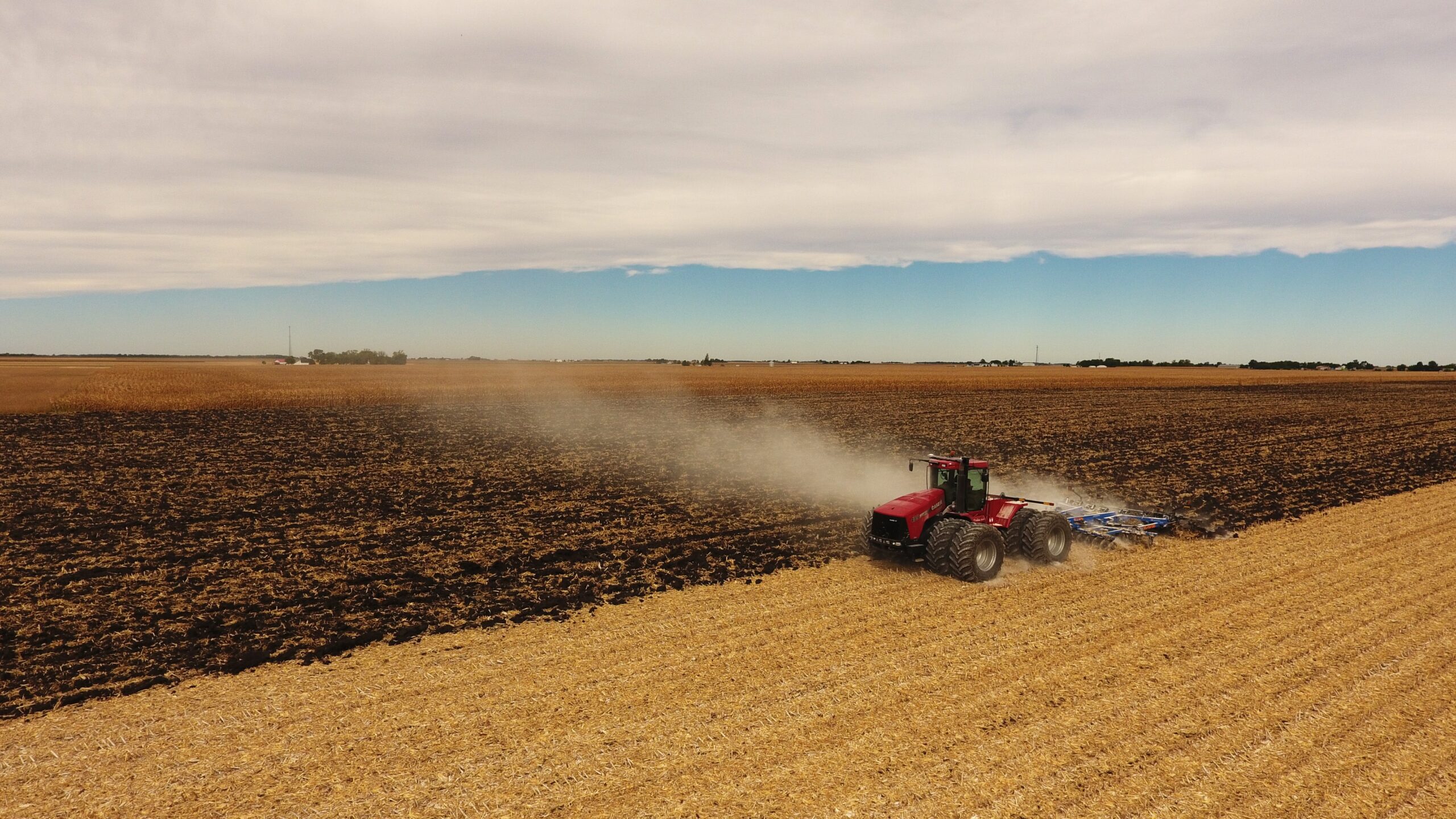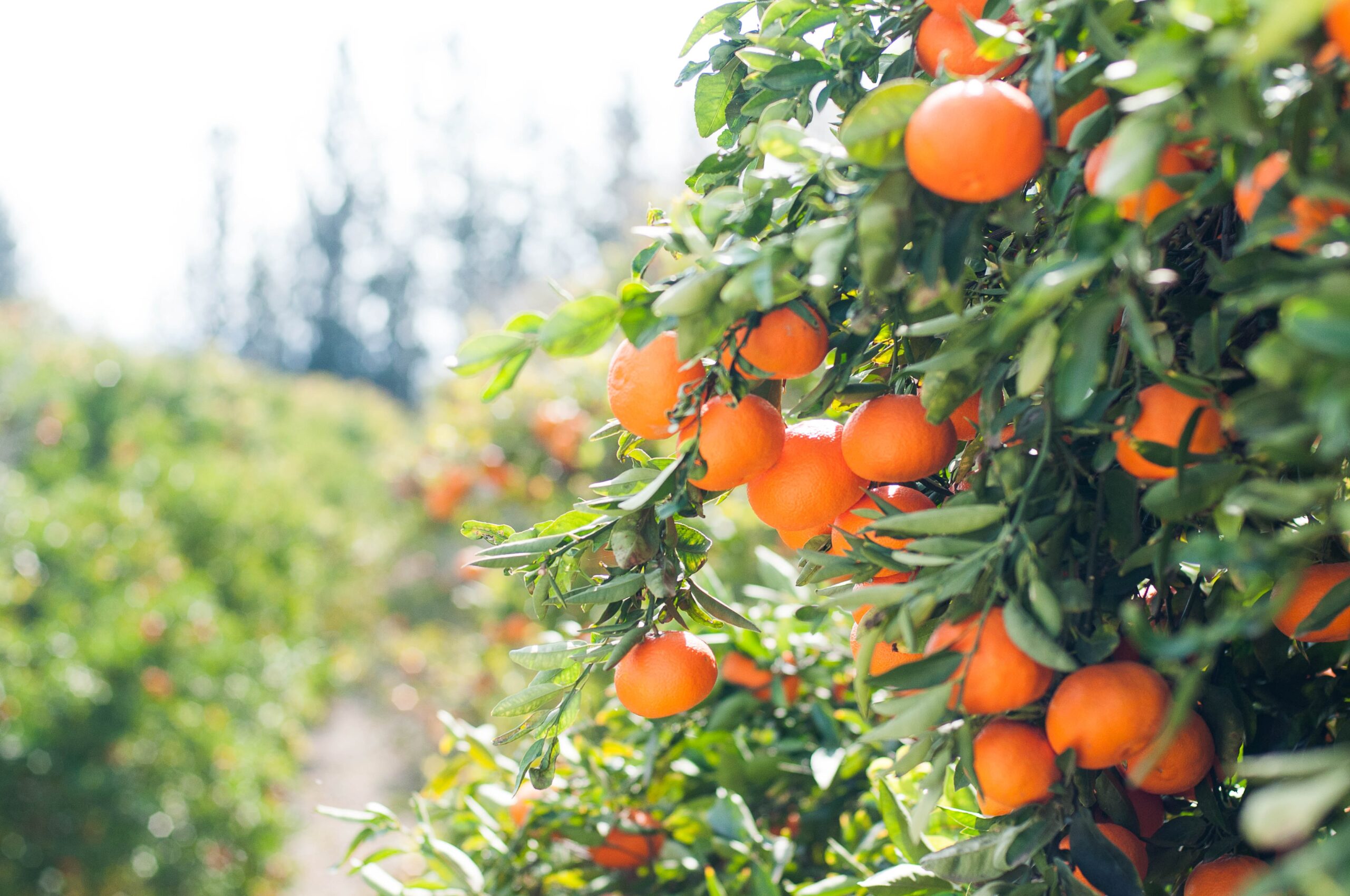
Sharing the gospel of Jesus with others is not always easy. Sometimes it can be downright difficult especially if that person is a religious skeptic. In America culture, there has been a sharp increase in religious skepticism especially towards Christianity. This is more apparent with younger generations. As early as 2012, Pew Reasearch has been discussing the "Rise of the Nones." By "nones" Pew Research was referring to those people who in census data record having no religious affiliation, and that percentage of Americans has been steadily increasing [source]. This means the younger the person, the more likely they are to have no religious affiliation. With that lack of religious affiliation comes a leaning to a secular worldview and general skepticism towards Christianity.
Sharing the gospel with such a person will likely be more challenging than sharing the gospel with someone who was raised in a Christian context but never personally accepted Jesus as savior. For example, I find many Latinos look favorably on Christianity because of their Catholic, cultural heritage. A person raised in a secular culture tends to be more hostile towards the gospel. However, what if we had a strategy for engaging that kind of person?
Recently I read I Once Was Lost by Don Everts and Doug Schaupp. They published their book in 2008, so it is not necessarily a new resource. However, I still found a lot of wisdom in their strategy to engaging skeptics with the gospel. The strategy I am presenting is heavily influenced by their work.
Everts and Schaup used Jesus' "Parable of the Seed Growing" from Mark 4: 26-29 as their foundation. They presented 5 thresholds for postmordern conversion: trust, curious, open to change, seeking, and becoming a Christian (Pg. 23-24). I am using the same passage, but I am adapting it to my strategy. My strategy is a 6 step process based on the the parable. The parable reads as follows...
26 And he said, “The kingdom of God is as if a man should scatter seed on the ground. 27 He sleeps and rises night and day, and the seed sprouts and grows; he knows not how. 28 The earth produces by itself, first the blade, then the ear, then the full grain in the ear. 29 But when the grain is ripe, at once he puts in the sickle, because the harvest has come.” ESV
Step 1: Select a Field (Healthy Boundaries)
The first step is to select your field. The man sowing seed in this parable would have been sowing in his own field. He does not have the responsiblity of planting a field for his neighbor but for himself. This field would have been his porperty if not his personal residence.
Every Christian should choose for themselves a gospel field. With time that Christian may be able to handle multiple fields, but one field will do. The Christian can select his/her neighboorhood, school, work place, or anywhere else God has placed him/her.
Every field has boundaries. A farmer will separate his property into multiple fields. These fields are often different types of vegetables, fruits or grains. He does this within a season. If a fruit cannot handle the frost, he will plant it in early fall. However, a vegetable that requires a light frost, he will plant in late fall. This is to help spread his work out among the different fields, because if plants everything at the same time he will not have the time and energy to properly care for all his plants. Thus, a Christian should be intentional in selecting his field.

Step 2: Cultivate the Soil (Build Trust)
The soil must be cultivated. The field may still be full of chaff from the pervious harvest, or the field has never been cultivated. Hard packed ground has to be loosened to better receive the seeds.
Many people reject the gospel because of a hard heart. They are not interested in God. Dann Spader in his book 4 Chair Discipling argued that this stage is the hardest part of evangelism (pg 62). It is the building of friendships and trust with people who would not generally trust or associate with a Christian. However, Jesus did this all the time. The religious leaders often accused him of be a "friend of sinners." He did not participate in their sin, but he did help them learn to trust him.
Unlike Matthew and Zacheus, people today cannot directly interact with Jesus. Therefore, Christians must emulate Jesus' actions to lost people. In order to develop trust in Jesus, the skeptic must develop trust in a Christian. Helping a skeptic learn to trust a Christian is why this step is the hardest.
Step 3: Plant in Season (Curious)
Robert Thomas first published the Farmer's Almanac in 1792. The book gives weather predictions and planting schedules to farmers. This has become an invaluable tool to farmers because it keeps them from accidentally planting the wrong plant at the wrong time. A fall vegetable planted in early summer will be scorched by the sun, and it will not produce fruit.
Everts and Schaup defined this season as when the skeptic becomes curious about Christianity. When the skeptic begins asking questions about spiritual topics, that is the evangelist's cue that the season for planting has come. This corresponds to the see sprouting in the parable. Once the sprout has appeared, the farmer knows the harvest is coming.
In Jesus' parable, the farmer is waiting for this moment, and he does not know if and when it will happen. It takes time even. The farmer would rise and sleep waiting on the sprout. Only God knew the timing of the sprout. Therefore, I see this as a time of prayer for the Christian. The Christian is praying for the seed to sprout as he/she continues to develop the friendship. He is asking the Holy Spirit to make this happen. She is asking the Holy Spirit to give her to spiritual awareness to recognize the moment.
Step 4: Water and Weeds (Answering Questions)
The farmer will monitor the growth of the plant. If he neglects the field, then the vegetables will die for lack of water or getting choked out by weeds. He diligently monitors the field waiting to for the next stage.
Once the skeptic becomes curious, he/she will often start asking questions. These questions require answers. The Christian does not need to know all the answers, but she can be prepared to listen to the questions. The Christian can do research looking for a satisfactory answer. The Christian can recruit another Christian to aid in answering questions.
The goal is to continue to growth towards Jesus which requires water and weeding. To me the water represents the Scripture. Using Scripture to answer questions is very powerful, because it is the Word of God. The skeptic has likely never interacted with Scripture, and this is a profound way to introduce her to the wonder of God. The weeds represent intelluctual questions that are blocking them from accepting the faith. This is not an invitation to a debate. The Christian shoud approach this like a guide navigating through difficult terrain.

Step 5: Flowering (Seeking)
After a period of continued growth the plant enters the flowering stage. Jesus appears to have been referring to wheat. The ear of wheat is the pod near the top of the stalk. When a farmer sees this, there possiblity of harvest is getting very close. When the ear forms, there are no kernals in it - those have yet to form.
The skeptic is now reguarly asking questions about faith. Perhaps he has begun spending his free time hanging with his Christian friends. Perhaps he finds himself drawn to conversation with his Christian neighbor accross the fence. This person may have even begun attending worship services at a local church. If this is the case, then there is good chance they are headed towards the harvest. However just as waiting for the sprout, the Christian is patiently waiting for God's timing.
As a note, when the flowering stage hits the farmer must protect his crop because he could lose it. A fall crop is in danger of an early cold snap with frost that will kill the fruiting bud. A spring crop is in danger or an early heat wave that will scorch and wilt. I find this to be the time when skeptics are most vulnerable to Christians hurting them and they reject the faith because of it. Christians should be careful to protect these seekers.
Step 6: Harvesting (Ready to Accept Christ)
Finally, there is the harvest. There comes a moment for the skeptic when he must decide what to do with Jesus. He becomes aware that he has been intentionally seeking out Jesus, and he may even become aware the Holy Spirit is seeking him out. Nonetheless, he knows he must do something.
When a crop is ripe there is a narrow window for harvest. Picked to soon or too late, and the crop is no good. The farmer must have everything prepared for when the fruit ripens. He has procured the necessary tools, the necessary people, and the ability to ship his crop to people that are wanting it.
When the skeptic is ready to accept Christ, the Christian must be ready to present the skeptic with the opportuntity to do that. This is where different gospel presentations become helpful tools. I recommend 3 Circles. The skeptic needs to know that he needs to make a profession of faith in Jesus and be baptized. In the early church the profession and the baptism were the same. The skeptic then receives Christ and becomes a new creation!
This is not the end of the process but the beginning. This new Christian now gets to live the abundant life in Christ but will need a guide. The spiritual parent (the evangelist) now become the disciple maker.

